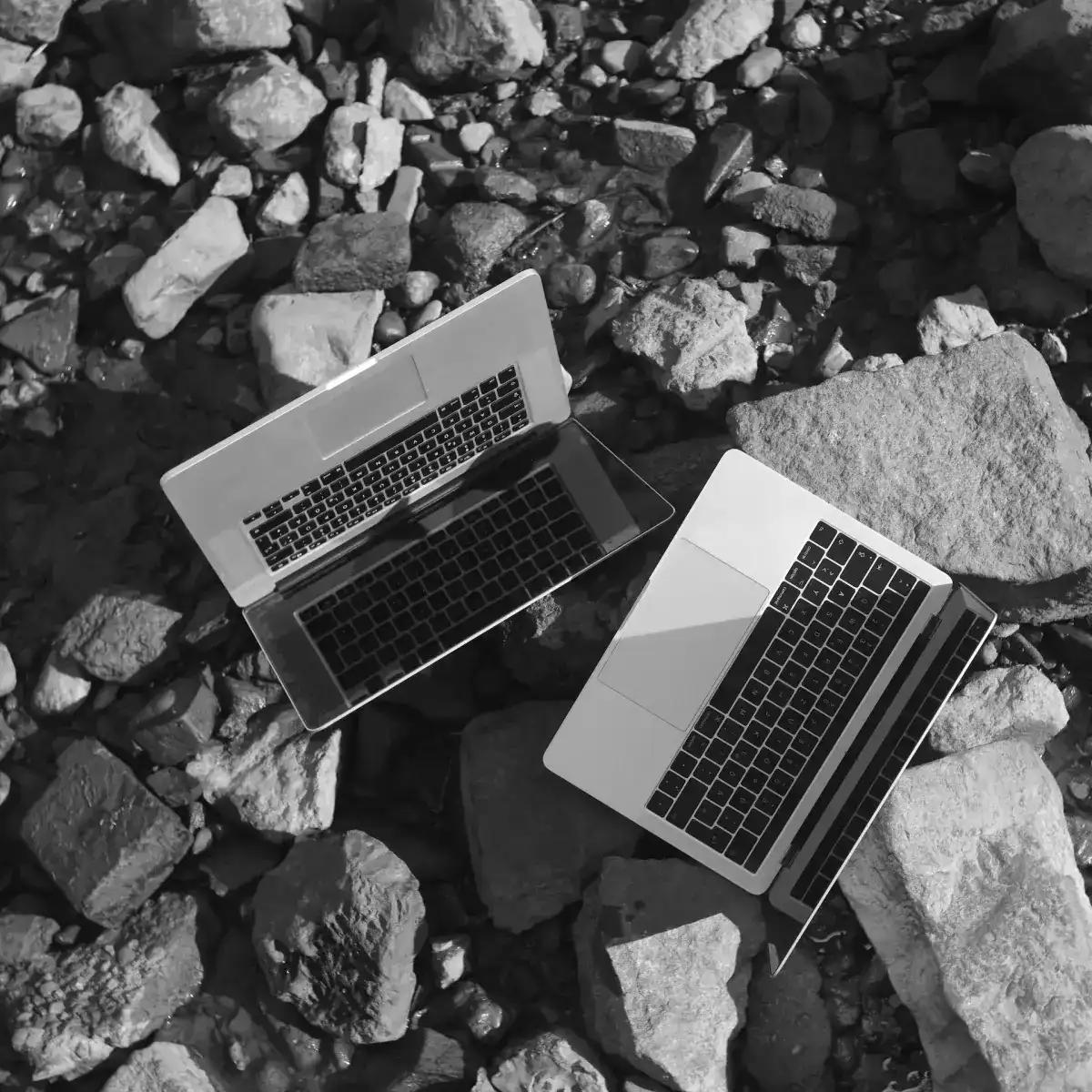How We Destroy Your Old Hard Drives: Professional Data Destruction
Introduction
From time to time, a hard drive stops working. It must then be removed and replaced with a new hard drive or SSD. But what happens to the old hard drives? At our facility, old hard drives are destroyed with a drill. We drill through the hard drive multiple times until all parts are destroyed.

Physical destruction ensures your data cannot be recovered
The Destruction Process
The disk is reduced to fragments and thus becomes unreadable. Afterwards, the scrap is properly disposed of by us. You can therefore be sure that your data has been destroyed and cannot be read again.
Why Not Just Delete the Data?
With a hardware defect, the hard drive can no longer be read or deleted. For this reason, we remove it and replace it afterwards. Since we cannot perform software deletion, we destroy the hardware.
Of course, we first try to perform data recovery. But if the hardware is too severely damaged, this is often not possible. Therefore, always ensure regular backups via iCloud and Time Machine.
Benefits of Physical Destruction
- Complete Security: Physical destruction is 100% effective
- No Recovery Possible: Data cannot be reconstructed from fragments
- Compliance: Meets data protection requirements
- Peace of Mind: Know your sensitive data is permanently gone
Frequently Asked Questions
Why physically destroy hard drives instead of software deletion?
When a hard drive has hardware defects, it cannot be read or erased using software methods. Physical destruction is the only way to ensure data cannot be recovered from defective drives.
How do you destroy the hard drives?
We drill multiple holes through the hard drive platters using industrial drills, completely destroying all data storage areas. The drive is reduced to fragments and becomes completely unreadable.
What happens to the destroyed drives?
After destruction, the hard drive fragments are properly disposed of through certified electronic waste recycling channels.